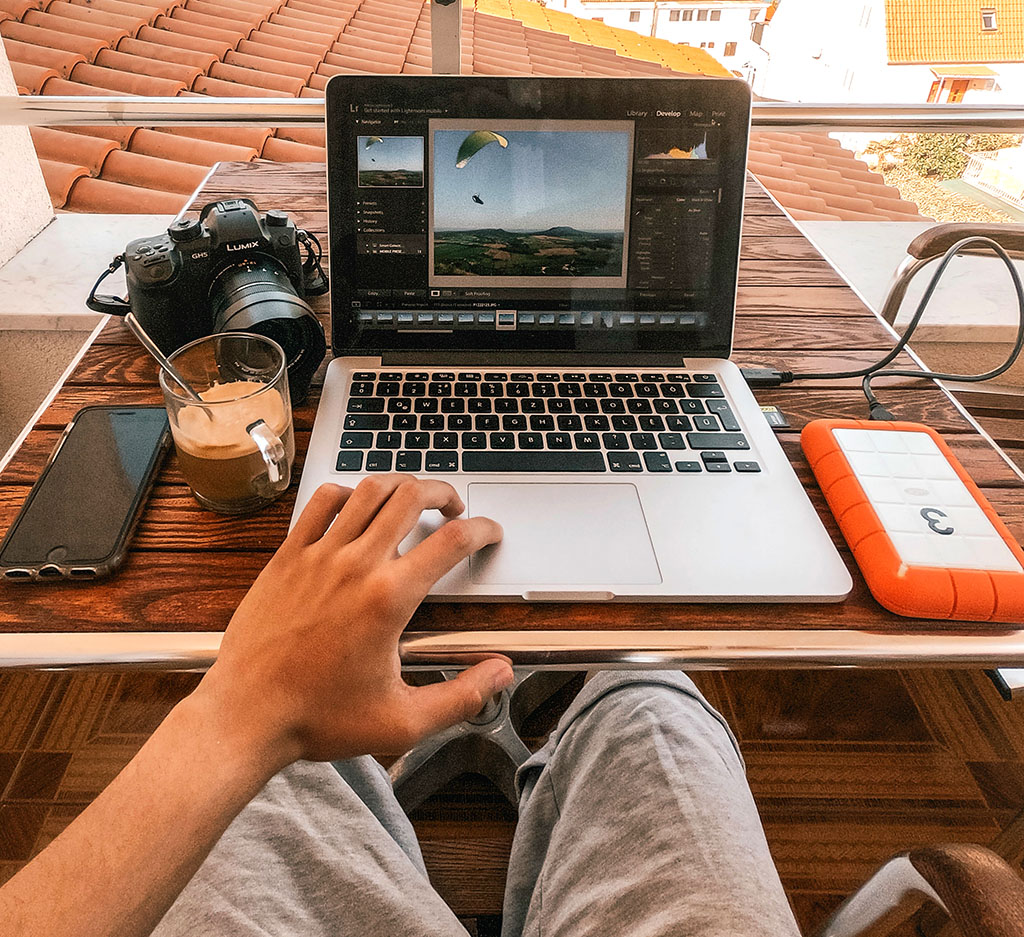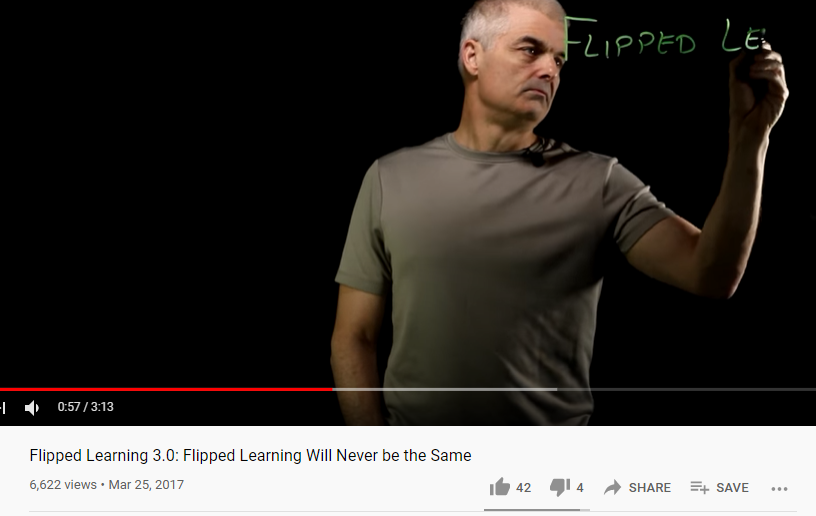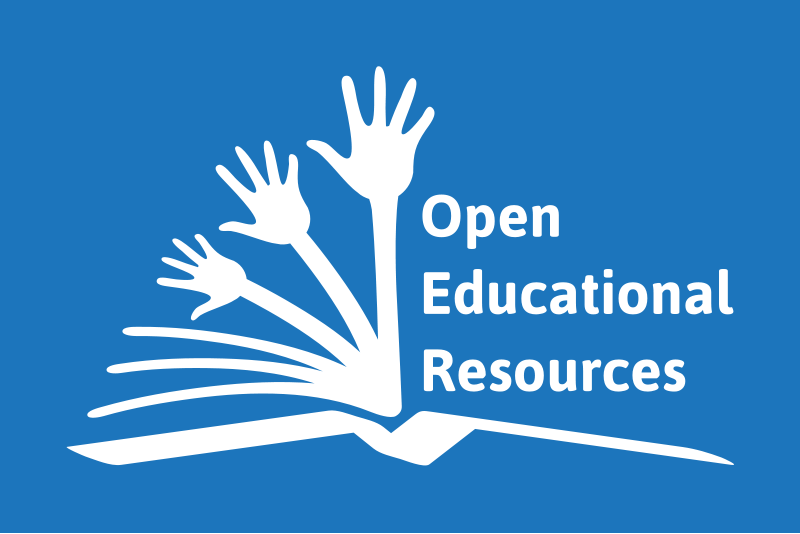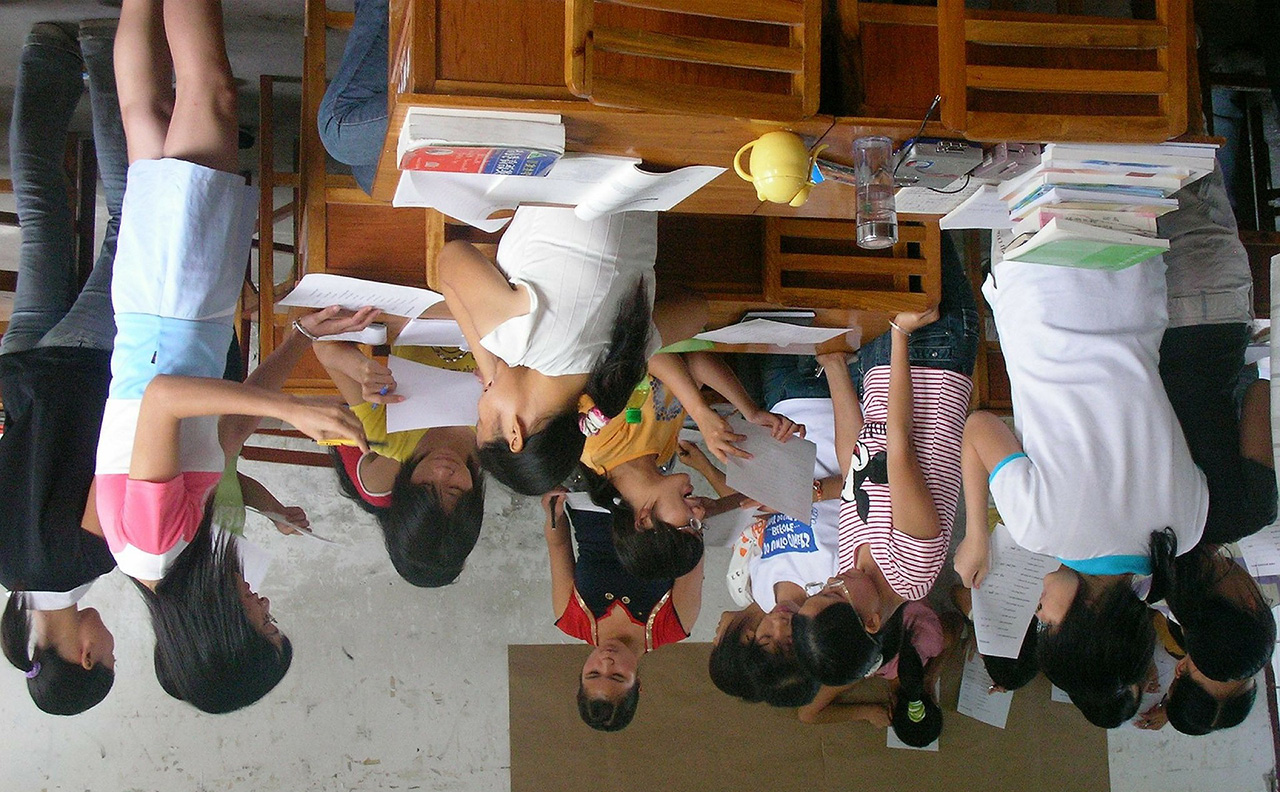
The “Individual Space”
A basic approach to Flipped Learning is to split the instructions and use two different learning spaces for them. The one learning space is the so-called individual space. Here, the learner learns alone and focuses on things that fall within the domain of knowledge and understanding. It is no coincidence that these two properties occupy Read More …




